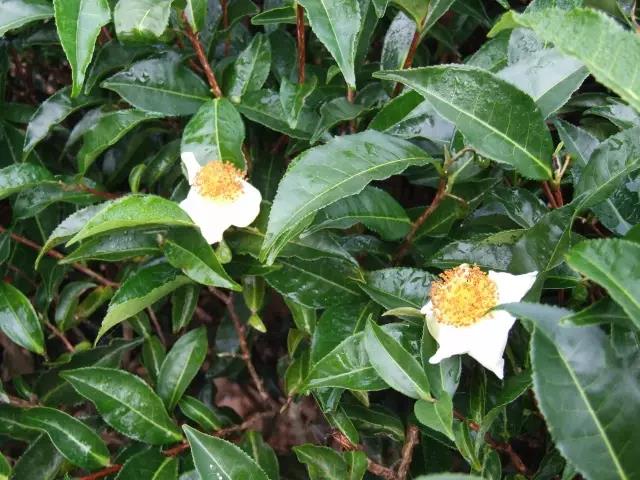
From a single species of plant comes many teas. The tea tree, a shrub called
And yet scientists in China, South Korea and the United States say there is another way to further tea's potential, beyond altering the dirt or the stages of harvest or processing.
DNA analysis could lead to “a more diversified set of tea flavors”
The plant took five years to analyze, thanks to the sheer number of DNA sequences involved. “The tea tree genome is extremely large,” Gao wrote in an email to The Washington Post — counting 3 billion base pairs, about four times the size of coffee's genome.
Of hot and invigorating drinks, coffee gets most of the buzz, at least in the United States: This country is home to 140 million daily coffee drinkers and the Starbucks Unicorn Frappuccino, and Americans consume more coffee than people anywhere else. Researchers sequenced the genome of robusta coffee in 2014, hinting at a future of genetically modified coffees, as
Monday marked the tea tree's turn. It was a long time coming. Dried plants, recently found in a Chinese mausoleum, revealed that emperors in the Han Dynasty enjoyed tea 2,100 years ago , possibly as part of a soup. The sovereigns were onto something. Today, 3 billion people drink tea, and by one estimate, for every mug of coffee consumed on the planet, humans drink three cups of tea.
Gao and his colleagues had to churn through the tea tree's huge levels of retrotransposons. These repeated DNA sequences, about 80 percent of the tea genome, duplicated themselves into the genome again and again over 50 million years of tea tree evolution. “It is a mystery why retrotransposon sequences are abundant in this plant but not in another,” Gao said.
But the researchers were most interested not in size but in the way tea produces tasty molecules. “The tea-processing industries in tea-drinking countries, especially in China, have developed numerous tea products with diverse tea flavor,” Gao said. But processing techniques alone aren't enough, he said. Tea also depends on developing new plant varieties, containing unique combinations of flavorful molecules.
Three types of chemicals are most responsible for tea's taste. One is an amino acid
The second type of chemical is a class of flavonoid, or plant pigment molecule, called catechins. The third is caffeine, which evolved in tea independently of cacao and coffee, akin to the way both sea turtles and dolphins evolved flippers separately.
There are several theories as to why plants produce caffeine. Caffeine at high doses is a natural pesticide. But at low doses, as in some nectars, it may be giving insects a memorable jolt. Caffeine was one tool in tea's repertoire of “disease defense and environmental stress tolerance” methods to help it adapt globally to diverse habitats, Gao said.
The tea genome answered a question the scientist had long pondered: Why can't we make tea from close Camellia sinensis
It turns out that C. oleifera
The chief horticulturist at Britain's Royal Horticultural Society, Guy Barter, said plant breeders would welcome this work. “Once you understand the basis for the flavors and the processing quality of the tea, you can then have genetic markers that breeders can look for when trying to produce new varieties,” he told the BBC. (The Washington Post)
Contact:
Germplasm Bank of Wild Species
Kunming Institute of Botany, Chinese Academy of Sciences
Prof. GAO Lizhi
Email: lgao@mail.kib.ac.cn
(Editor:YANG Mei)




